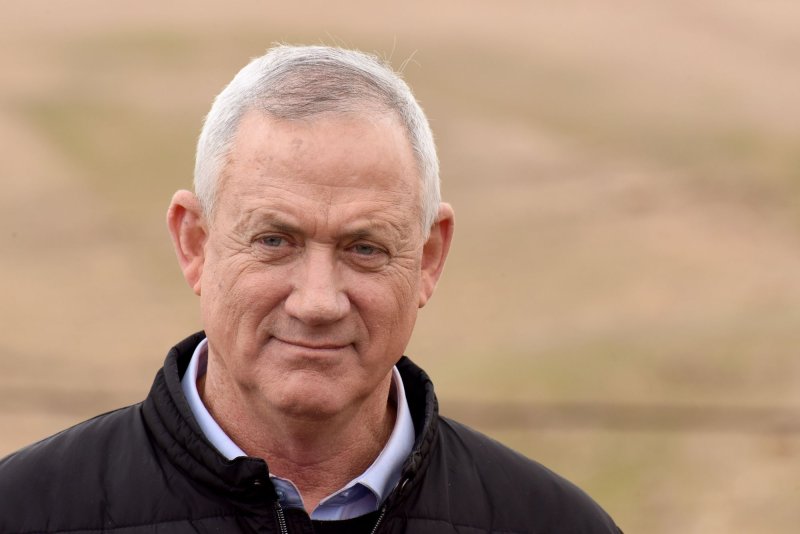BAE successfully tests solar-powered high-altitude plane
BAE Syatems announced the successful test flight in Australia of its high-altitude solar-powered plane. With a wingspan of 114 feet, it travels in the upper stratosphere and can stay aloft for a year. Photo courtesy of BAE Systems
Feb. 17 (UPI) -- A solar-powered unmanned aircraft with a wingspan of 114 feet completed its maiden high-altitude flight in the stratosphere, maker BAE Systems said on Monday.
The plane, called PHASA-35, which stands for Persistent High altitude Solar Aircraft and its wingspan measured in meters, is meant to fly about 32 miles above the earth in the space, in the upper atmosphere between conventional aircraft and satellites.
The aircraft's solar-powered batteries could allow it to stay aloft for over a year at a time, providing a stable platform for monitoring, surveillance, communications and security applications.
It can also offer military and commercial customers with capabilities not available from existing air and space platforms, and could be used in communications networks disaster relief and border protection at a fraction of the cost of satellites, BAE said in a statement.
The plane, which went from proof of capability to testing in only 20 months, is underwritten by Britain's Science and Technology Laboratory and Australia's Defense Science and Technology Group, and built by BAE Systems and its subsidiary, Prismatic Ltd. Its flight trials were successfully completed at the Royal Australian Air Force Woomera Test Range in South Australia.
"To go from design to flight in less than two years shows that we can rise to the challenge the U.K. government has set industry to deliver a Future Combat Air System within the next decade," said Ian Muldowney, engineering director at BAE Systems.
Additional test are scheduled for later this year, with plans to enter initial operations with customers within 12 months.
Airbus is among companies competing in the high-altitude, long-endurance category of planes, and in 2019 completed a 26-day test flight of its solar-powered Zephyr S "High Attitude Pseudo-Satellite."









/cdn.vox-cdn.com/uploads/chorus_image/image/66316921/1200511548.jpg.0.jpg)











